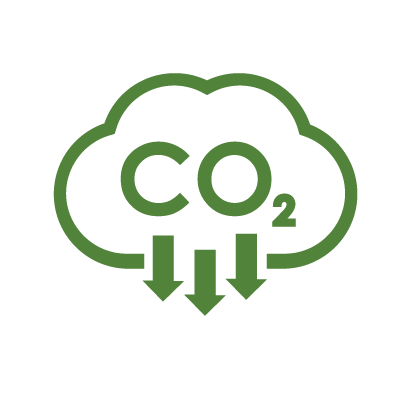PER DIEM LOOK-UP
1 Choose a location
Error, The Per Diem API is not responding. Please try again later.
No results could be found for the location you've entered.
OR
OR
Rates for Alaska, Hawaii, and U.S. territories and possessions are set by the Department of Defense.
Rates for foreign countries are set by the Department of State.
2 Choose a date
The End Date of your trip can not occur before the Start Date.

 U.S. General Services Administration
U.S. General Services Administration




